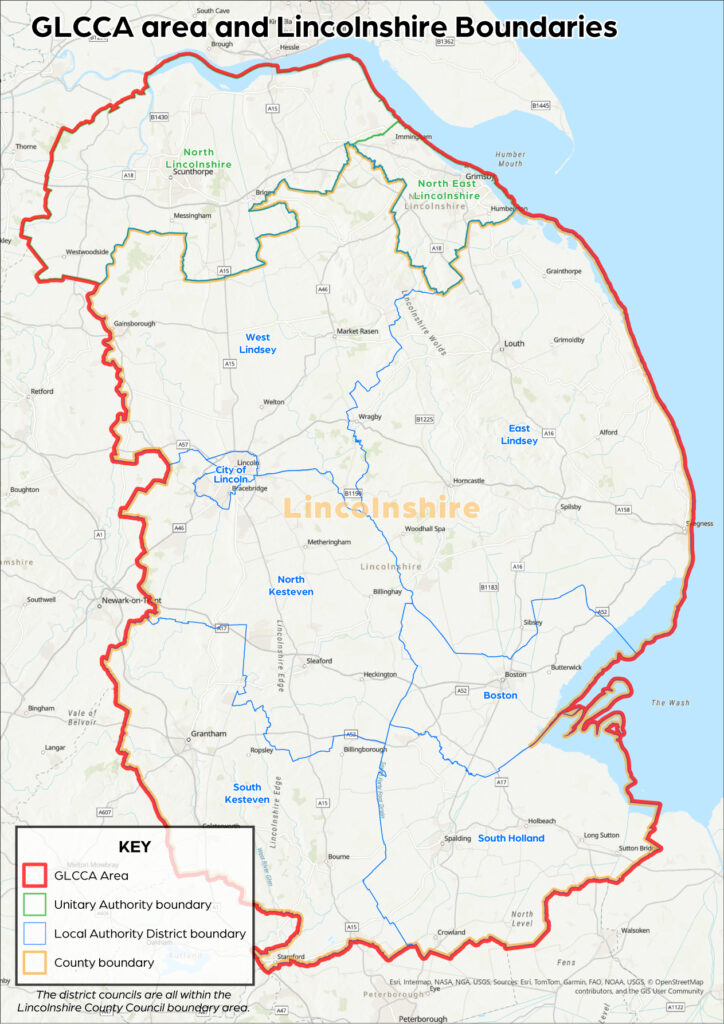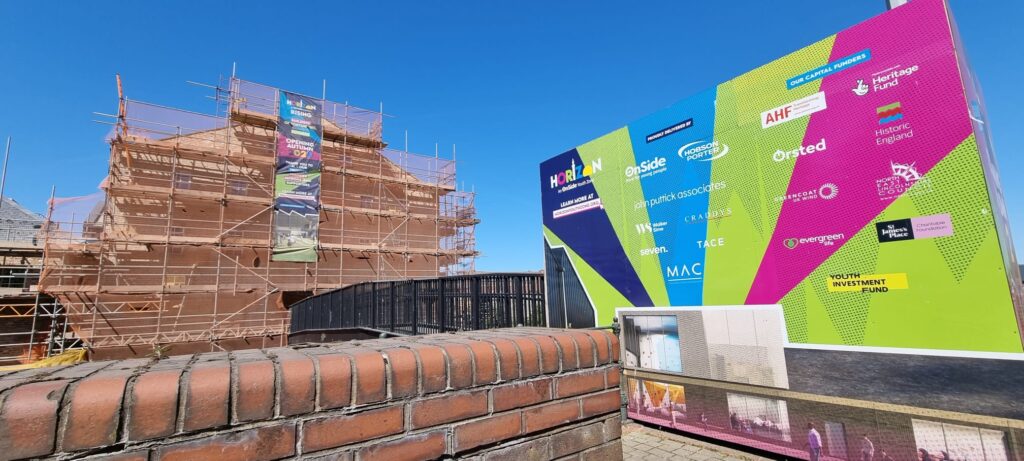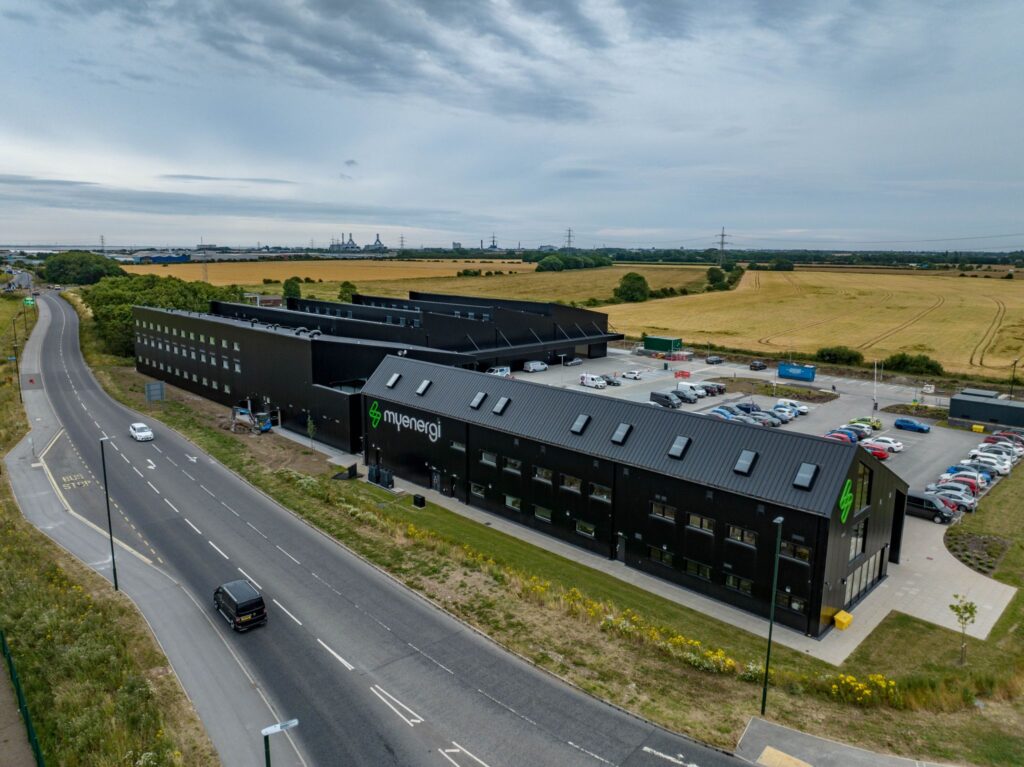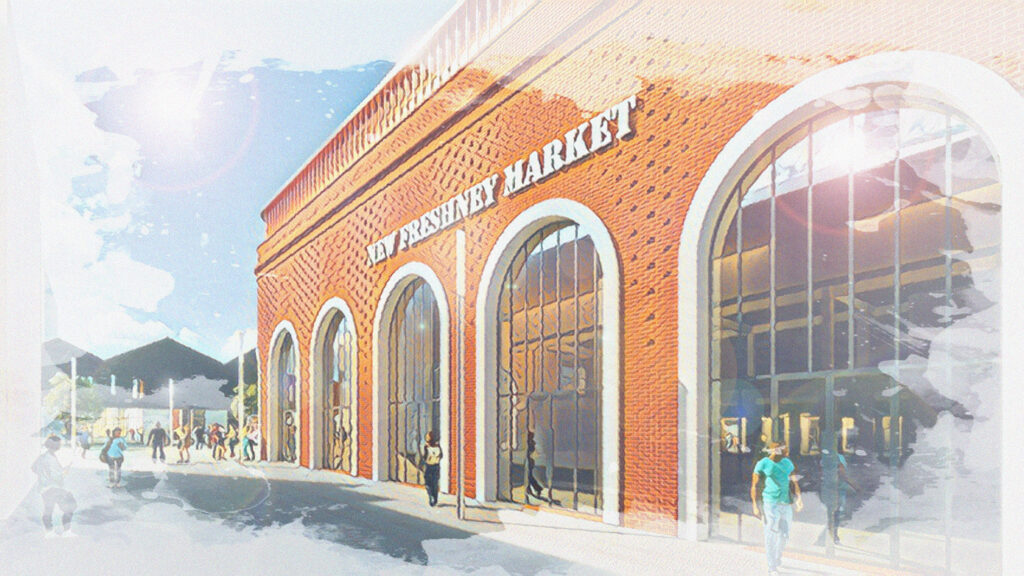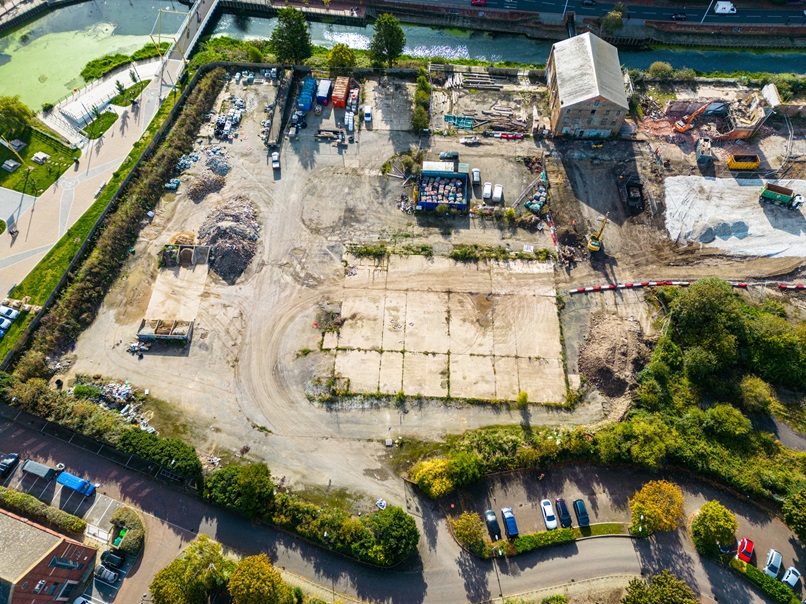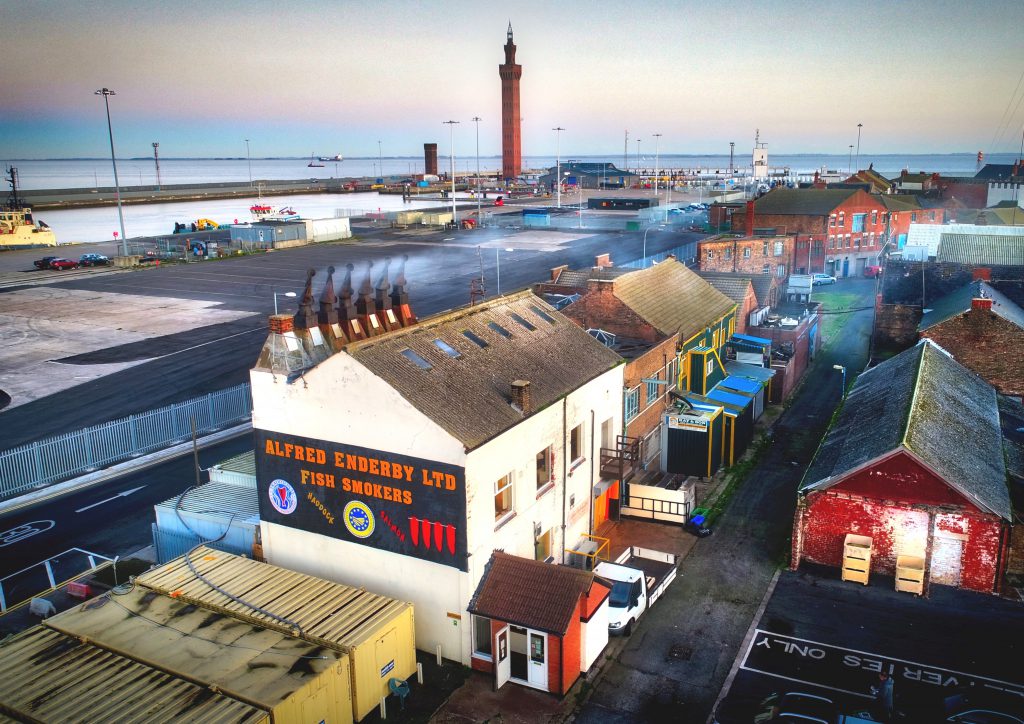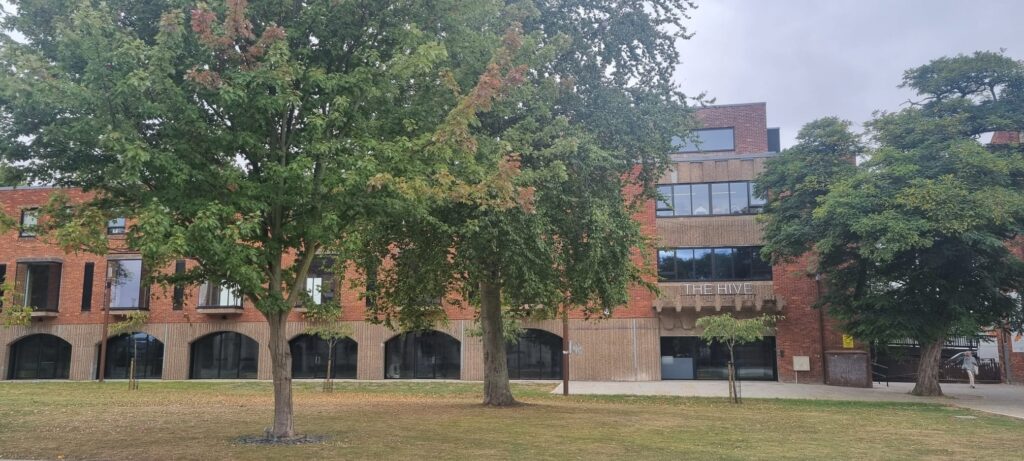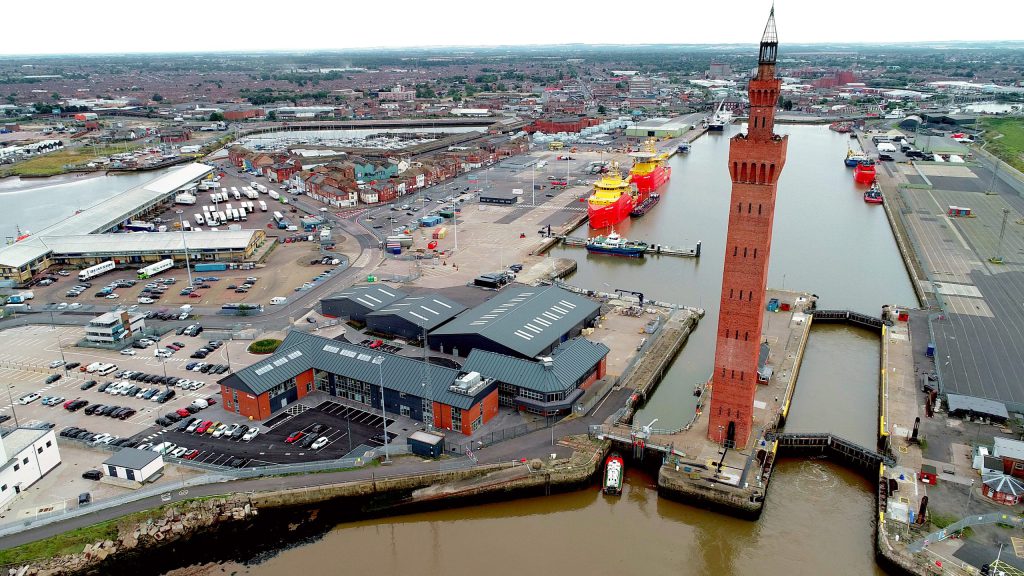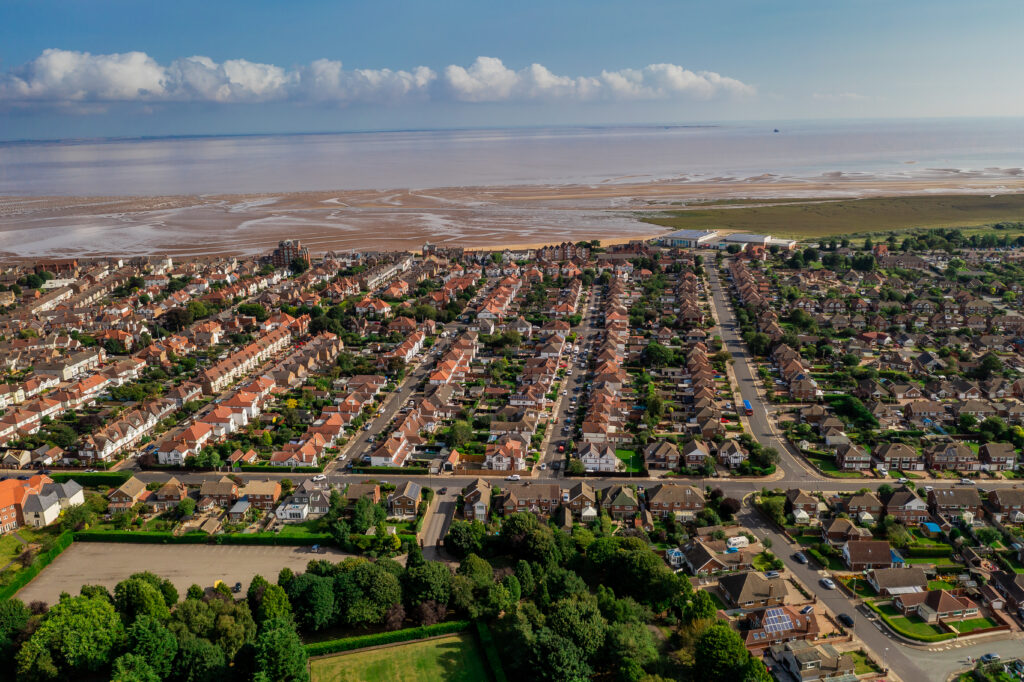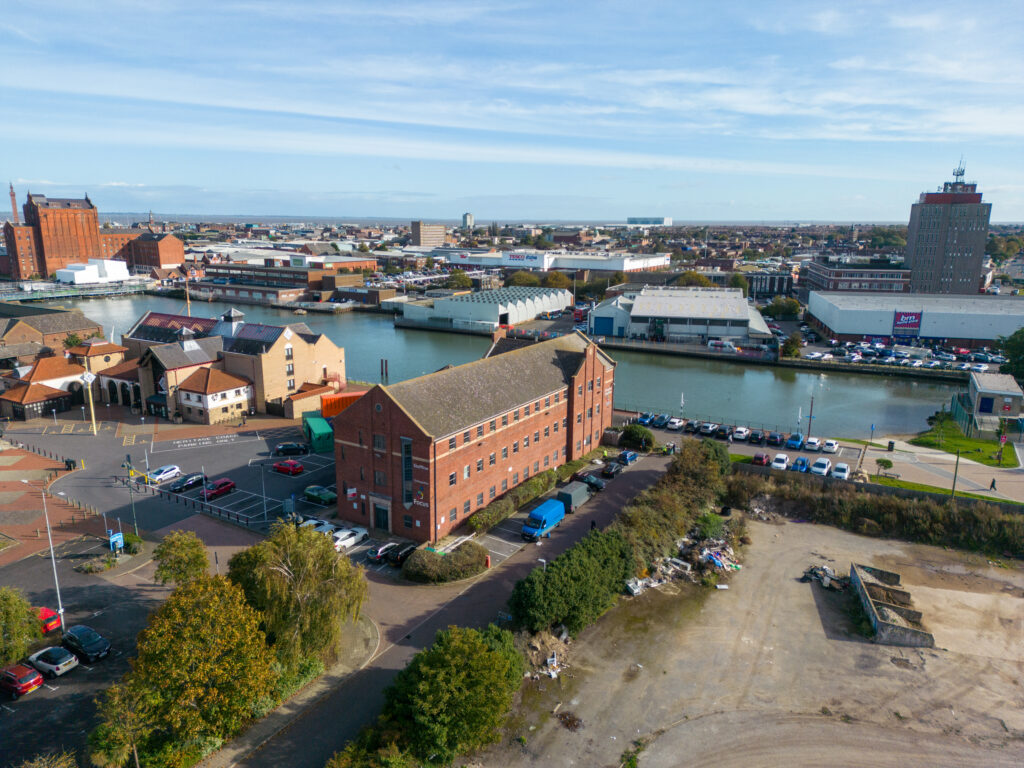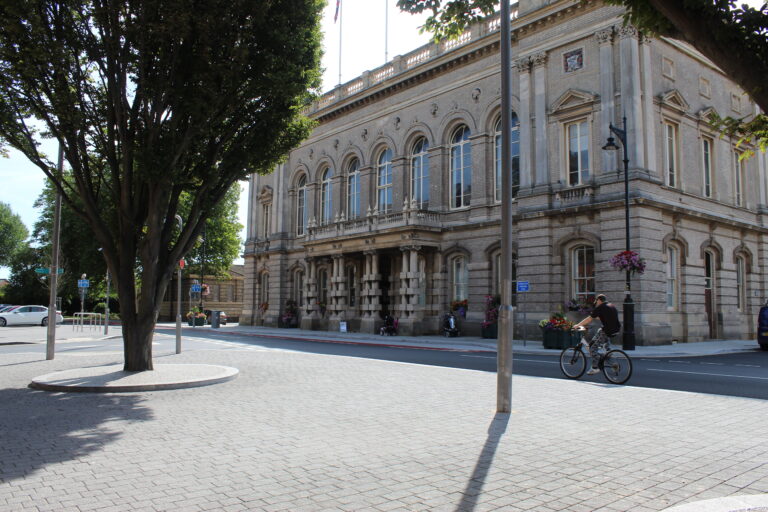Local Government Reorganisation (LGR)
Watch on Youtube – The public engagement survey mentioned in this video is now closed. However, we have kept this video up as it is a good explanation about Local Government Reorganisation and how it could impact North East Lincolnshire.
Local Government Reorganisation (LGR) means the government is looking at changing how some councils work, including those across Lincolnshire. This could mean change for us here in North East Lincolnshire and we want to know what you think.
Right now, from Grimsby to Cleethorpes, Immingham to the Wolds, North East Lincolnshire Council is led by its local elected members, making the decisions that shape our communities. We’re a smaller unitary authority, which means we run all your local services. We do it here, in your borough, with all the local councillors knowing our streets, schools, parks and neighbourhoods.
But, the Government thinks bigger will be better. It says having unitary councils that are larger would be more efficient, be financially stronger and be able to adapt to situations and change. This could mean North East Lincolnshire Council becomes part of a much bigger unitary authority. Our council has a different view and believes staying smaller is of much greater benefit as we look to effect positive change within our communities and our economy.
During September and October this year we asked people for their views on the future of our borough and they helped to shape our Local Government Proposal that we must submit to Government at the end of November 2025. The proposal has now been formally approved by Cabinet and was endorsed unanimously by all elected members at a Full Council meeting.
Read the Local Government Reorganisation (LGR) proposal (PDF, 52KB) .
Alternatively, view the easy read version of the Local Government Reorganisation (LGR) proposal (Word, 77KB) .


